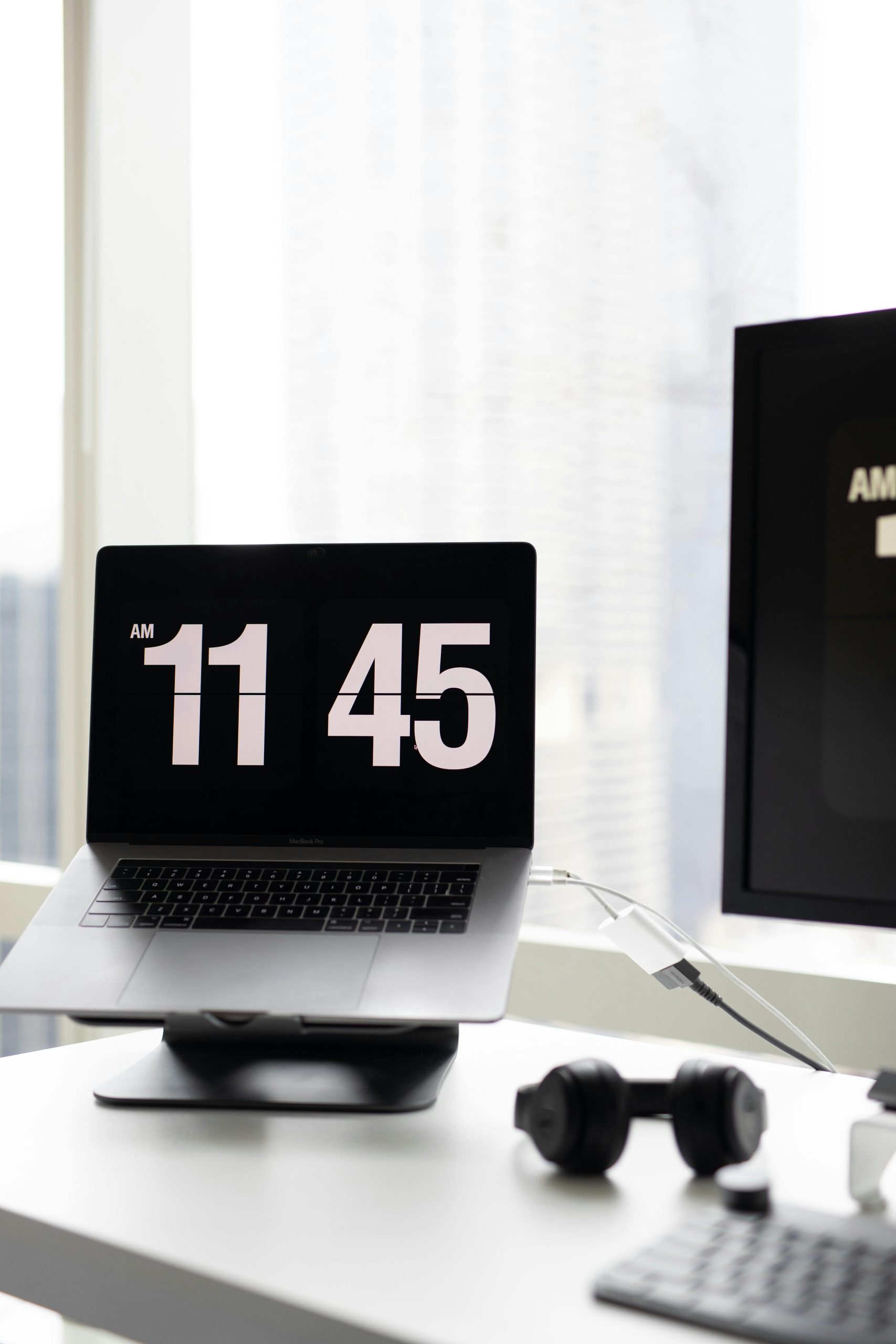Troubleshooting a Black Screen Issue on Your Laptop After a Windows 11 Update
Experiencing a black screen on your laptop can be incredibly frustrating, especially when it occurs shortly after a Windows update. Recently, I encountered a similar issue with my Dell G14 laptop that left me wondering about the potential causes and solutions. Here’s a detailed account of my experience and what I learned while troubleshooting the problem.
The Dilemma Unfolds
Last night, my laptop suddenly displayed a black screen, an alarming change from its usual functionality. Initially, I attempted to access the BIOS settings without success. However, I did manage to enter the Windows troubleshooting environment, which gave me some hope. I decided to go for a clean installation of Windows, thinking this might resolve the issue. Unfortunately, that didn’t lead to any improvements.
Investigating Potential Causes
At this point, I started to suspect that the issue might be related to the RAM. In an effort to remedy the situation, I replaced my existing RAM stick with a new one. Despite my best efforts, this change did not rectify the problem. Interestingly, I could still hear the laptop powering on and functioning, but the display remained unresponsive, complicating the troubleshooting process.
Losing Access to Troubleshooting Options
The situation took a turn for the worse when I discovered that I could no longer access the troubleshooting settings. This left me wondering if my laptop was fundamentally damaged or if there was another solution at hand.
Reflecting on Windows Updates
Given that everything was operating smoothly before the Windows 11 update, I can’t help but speculate whether the update may have triggered this black screen issue. If you find yourself facing a similar predicament, you might want to consider the possibility of reverting or resetting your drivers as a potential next step.
Moving Forward
If your laptop is experiencing a black screen issue after a Windows update, here are a few steps you might consider:
-
Check Connections: Ensure that all connections to the laptop are secure and that the display is functioning properly.
-
Access Safe Mode: Try booting into Safe Mode to see if that allows you to troubleshoot further.
-
Reset Graphics Drivers: You may need to reset or reinstall your display drivers, which can often resolve display issues caused by updates.
-
Seek Professional Help: If all else fails, it may be time to contact a professional technician for further assistance.
In conclusion, while the experience with my laptop has
Share this content:




Thank you for sharing your detailed experience. Based on your description, here are some additional troubleshooting steps that might help resolve the black screen issue after your Windows 11 update: